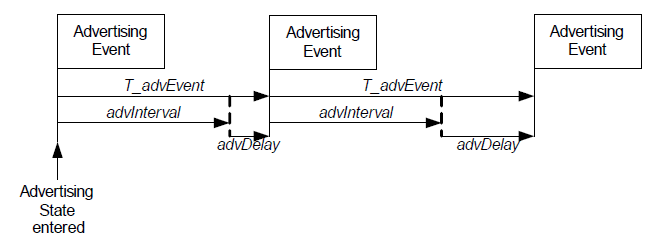Hi,
I am planning to have 10 devices that based on the simpleBLEPeripheral projects, I need to use them mainly as broadcasters to broadcast every one its own data, but to be connectable!
and in the other hand I will have a smartphone which will listen (scan maybe is the right expression) to all of them and to use the packets that the 10 peripherals are transmitting as active and realtime data that I want the smartphone as receiver (observer but to be able to select one of the 10 peripherals which are connectable and to connect to it to have a special conversation and in the same tome for the central to keep getting the advertisement data from the other 9 peripherals to get and display the data).
is it right plan tha I did? can I do that with the BLE?
based on the simpleBLEPeripheral and Central projects, when the peripheral is transmitting the advertData packet, where do the simpleBLECentral get the data? I need to go ther to copy the content of the AdvData to a local array! I am trying to find that place in the code so I ask you for a help please!
and then, I see with the sniffer also that the scanRspData data is sent from the Peripheral after that the Central sent to it ADV_SCAN_REQ! it made me doubt about the way I need to send the data! is this last packet for scan request and respond is used only when we need to make a connection?
just I am worry about that if I can send the data in the advertData and not the scanRspData packet for the central so the central can read the data and copy to a local array!
Thanks.


